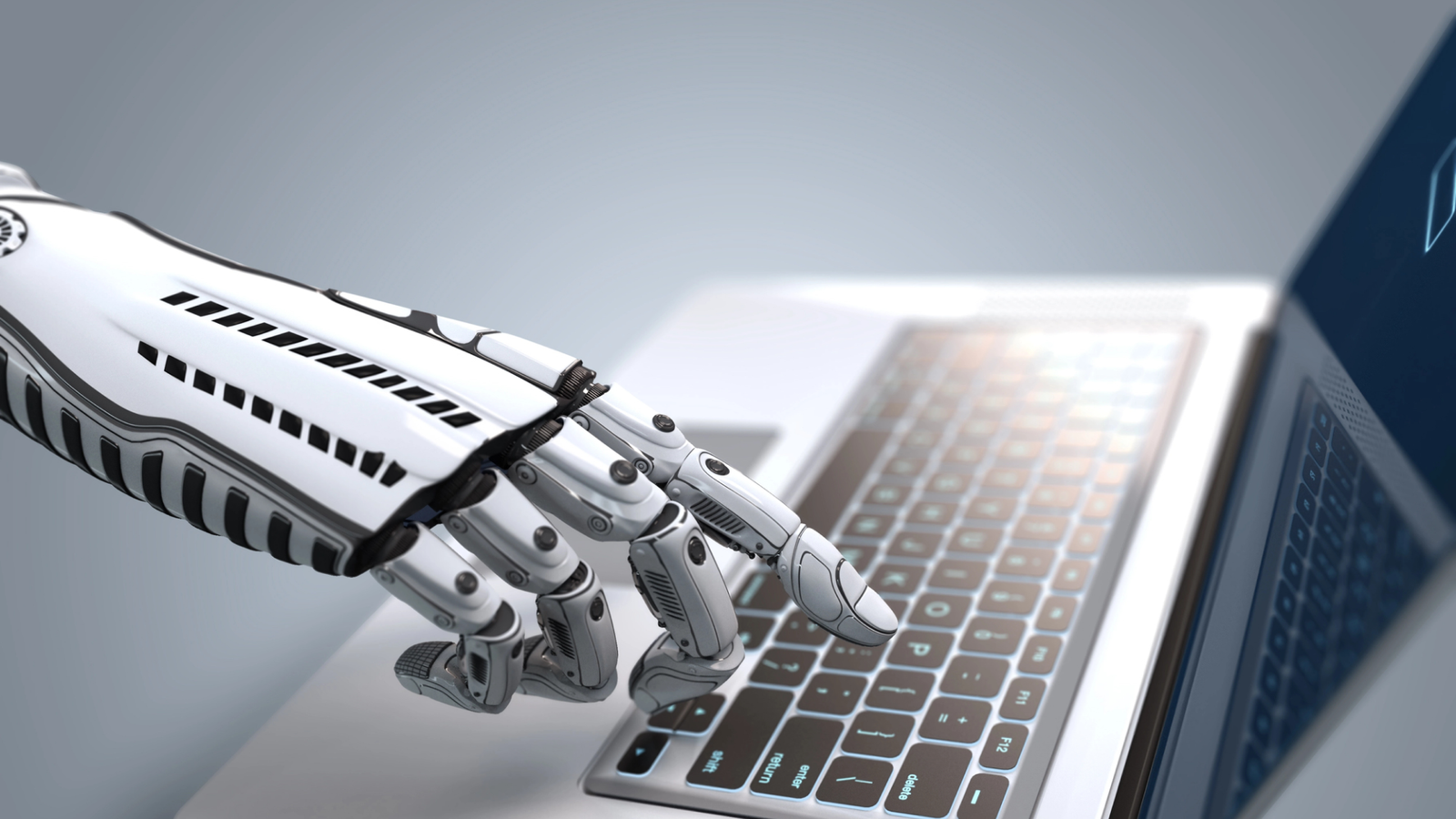
As businesses strive to remain competitive in a fast-evolving digital landscape, integrating Artificial Intelligence (AI) into their products and services has become a game changer. However, the true value of AI is realized only when it is paired with an exceptional user experience (UX). For businesses looking to drive adoption, improve customer satisfaction, and boost overall success, investing in both AI and UX for users is crucial.
At UIUX Studio, we specialize in designing AI-powered solutions that not only deliver advanced functionality but are also intuitive and user-friendly. Here’s why investing in AI and optimizing UX for your users is a strategy that can propel your business forward.
1. AI Needs Great UX to Maximize Its Potential
AI offers endless possibilities for automation, personalization, and predictive capabilities. But without great UX, all these advanced features can easily overwhelm users and hinder the overall experience. Even the most powerful AI tools can fail if users struggle to interact with them effectively.
Why AI and UX Must Go Hand-in-Hand:
- Complexity Simplified: AI has the potential to provide users with highly advanced functionality—like chatbots, product recommendations, and predictive analytics. But AI can be complex. UX ensures that AI is presented in a way that users can easily understand and use.
- Intuitive Interactions: For AI to be truly effective, it needs to be integrated into the user interface in a seamless way. Good UX allows AI to function intuitively, making it easier for users to interact with complex algorithms without a steep learning curve.
- Real-Time Feedback: AI is constantly learning and adapting. UX ensures that users are given clear, understandable feedback on how AI is processing their data or making decisions. This builds trust and encourages continued engagement with the system.
Example:
Google Assistant is an AI-powered virtual assistant that excels in offering seamless, intuitive experiences. It anticipates user needs and provides answers through simple voice commands—thanks to a solid combination of advanced AI and user-centric UX.
2. AI and UX Drive Personalization for Users
One of the most powerful aspects of AI is its ability to provide personalized experiences. AI gathers data from users to understand their behavior, preferences, and needs. However, to make that personalization truly effective, it needs to be delivered through a user-friendly interface.
How AI and UX Work Together for Personalization:
- Smarter Interactions: AI can analyze vast amounts of data to offer tailored recommendations, content, or services. But if the presentation of this personalized content isn’t well-designed, users may find it overwhelming or confusing. UX ensures that these personalized features are easy to access and navigate.
- Relevance Over Time: As AI learns more about users, it should continually improve its suggestions. UX ensures that these personalized updates feel natural and don’t disrupt the user experience, whether it’s through dynamic UI changes or adaptive features.
- User Control: Good UX allows users to interact with and adjust the AI’s personalized recommendations. This ensures users feel in control and can fine-tune their experience according to their preferences.
Example:
Netflix uses AI to recommend movies and shows based on previous watching behavior. Thanks to a well-designed UX, these recommendations appear clearly on the user interface, making it easy for users to find content they will enjoy, enhancing the experience without feeling overwhelmed by choices.
3. AI Helps Businesses Improve User Experience, Not Complicate It
While AI can offer incredible efficiency, it’s only beneficial if it enhances the user experience, rather than complicates it. Poor integration of AI can lead to frustrating experiences—AI needs to complement, not hinder, the user’s journey.
Why AI and UX Are Critical for Efficient Systems:
- Automation and Smart Features: AI can automate routine tasks like sorting emails, answering FAQs, or making purchasing suggestions. Good UX ensures these automated features are easy to engage with and help users get the job done without extra steps or confusion.
- Reducing Cognitive Load: AI’s ability to predict user behavior and automate actions can significantly reduce mental effort for users. But without the right UX, users might feel overwhelmed by too many features or options. UX ensures that AI interactions remain simple and contextually relevant, reducing the mental load on users.
- Anticipating Needs: With AI, businesses can anticipate user needs—whether it’s a product suggestion or an automatic reminder. The key is delivering this information at the right time, in the right format, and with a UX that feels natural.
Example:
Amazon uses AI for smart product recommendations, ensuring that users are presented with relevant options based on past purchases and browsing history. The experience is simple, fast, and efficient, thanks to an intuitive UX design that integrates seamlessly with the AI.
4. AI and UX Together Drive Adoption and Engagement
Investing in AI alone doesn’t guarantee user engagement—great UX is what ensures users actually interact with and stick to your app or platform. When users can easily understand and benefit from AI, they’re more likely to return.
How AI and UX Encourage User Engagement:
- Simplicity: Advanced AI features need to be easy to access and interact with. UX design ensures that these features are presented in a straightforward, user-friendly way, reducing friction and increasing adoption.
- Consistent Experience: As AI evolves and learns more about users, UX ensures that these updates don’t disrupt the overall experience. The interface remains consistent, allowing users to benefit from the app’s evolving features without feeling lost.
- User Trust: AI can sometimes feel like a “black box” to users. Advanced UX design helps foster trust by providing transparency on how AI works, and offering users clear explanations about how their data is being used.
Example:
Tesla’s Autopilot system is another example where AI and UX work together seamlessly. The AI learns the driver’s behavior over time to provide smarter navigation and control. The UX design makes sure the driver always feels in control, providing a simple interface that allows for easy engagement with the system.
5. Future-Proofing Your Business with AI and UX
As technology continues to evolve, businesses that fail to integrate AI and prioritize UX risk falling behind competitors who do. AI is the future of user interaction, and those who invest in its potential today, while also ensuring an exceptional user experience, will position themselves for long-term success.
Benefits of Investing in AI and UX Today:
- Improved Decision-Making: AI can analyze large datasets and provide insights that can drive business decisions. But it’s only effective if the data is presented in an understandable, actionable way—thanks to UX design.
- Long-Term User Retention: By focusing on UX while implementing AI, businesses can create solutions that users love and trust. This leads to increased retention, loyalty, and ultimately, a stronger bottom line.
- Staying Competitive: With more businesses incorporating AI into their platforms, investing in both AI and UX ensures that your business remains at the forefront of innovation.
Example:
Chatbots powered by AI, like those on Facebook Messenger or Zendesk, provide efficient customer service. When combined with a well-thought-out UX design, these chatbots offer helpful, engaging, and human-like interactions that improve user experience and drive customer satisfaction.






